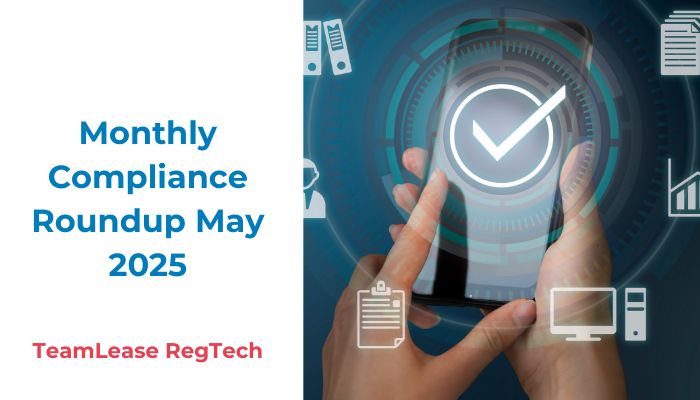In financial terms, risk management may be defined as the process of analyzing and distinguishing potential risks in advance and formulating strategies and precautionary measures to reduce the long-term disruptions caused by these risks. Proper risk management strategies help an organization reduce the impact and build resilience during a crisis.
While the world is struggling to cope with the coronavirus pandemic, a twin threat to lives and livelihoods, risk regulators and managers need to be prepared to deal with the aftermath. When the 2008 financial crisis hit the US, many companies enforced procedures to manage credit risks better and to eliminate dependency on numerical models.
While it is true that no amount of planning would help companies in preparing for the current pandemic, precautionary measures and risk preparedness can take a company a long way. A strategic approach to identifying and analysing risk factors is of utmost importance. Despite the vast majority of losses in market value occuring due to mismanagement of strategic risks, risk managers and auditors do end up spending the majority of their time handling financial, legal and compliance risks. There is an urgent need for companies to reorganise their risk management strategies.
You might also be interested to read: Building a Good Risk Management Policy
Here are three best practices to assess and manage risk:
Create the right balance between reward and risk
Risk management is an integral part in any given business and organization. Financial services especially is all about risks.In the past few years, risk management has turned in something other than supporting growth. Clearly lower risk often means lower returns. In order to restore business that have been rattled to their foundations post COVID-19, risk managers today see their role as helping the firms clear hurdles and guide them in the decision making process. It’s time for a change-risk management needs to change and once again become a discipline that is primarily all about value creation. Broadening the scope of risk management to encompass changes in markets and business models shall help in creating a new approach to risk management. Effective board level risk oversight begins with a clear understanding of the risk involved.
For many years, risk management has focused on protecting the brand and still focuses on value protection, which is extremely critical besides keeping the company out of trouble and helping business continuity. But if done right, risk management is about playing not only defense but offense as well. At the enterprise level, engaging with risk leaders and ensuring things like technology shifts, industry disruptions and the risks of mergers and acquisitions need to be addressed too. Risk agility lets a company flex and grow by making the risk management process adaptable to changes in the business fraternity. Keeping the balance between moving the business forward and at the same time keeping the business in will help see sustainable growth and better performance patterns.
Decisions make or break the business
Risk management is majorly associated with docile work that includes paperwork on IT security. IT security is definitely necessary but unnecessary paperwork will not be of much help in reducing risk. Thus adapting to trends or tools such as dashboards which project risks and organizing training sessions which help employees assess risk are ways that will help risk managers to formulate response strategies better. These tools offer necessary insight of risk into their decision making.
Focus on the power of people
People make decisions and decisions make people. It is impossible for a chief risk officer to be present when employees make decisions that could have long-term disruptions on the business. Effective risk management starts with better decision making. A good method that companies can adopt is to enhance the employees’ ability to incorporate the right amount of risk to be taken while making decisions. These days, many companies are opting to incorporate “risk screens” or various types of risk taking assessments in their hiring process to gauge a potential employees risk appetite. This helps in reducing the need to train employees later by bringing in candidates with an aptitude for risk assessment. It is also important for organizations to focus on training the jobs or departments that face a relatively high share of risk decisions by putting more focus on simulations and less on awareness on risk. These scenarios help employees to practice decision making in volatile situations. Also, it is important for risk managers to become involved in employee exit interviews. This helps them in better understanding the risks that an employee leaving the company might shed light on in contrast to the current employees who aren’t able to discuss the issues.
Many organizations are bringing about a dynamic change in their hierarchy to direct risk managers to the right activities. By making risk management an integral part of daily management rather than keeping it as inessential function of the organization is the ultimate goal. The English word ‘risk’ is closely related to the Italian word rischiare, which means “to dare”. This sense is especially correct in current times to keep companies afloat and ensure business continuity.
References:
- “Risk Management Lessons from Coronavirus” by Daniel Wagner on March 5, 2020
- “Managing Risks: A New Framework” by Robert S. Kaplan and Anette Mikes
You might also be interested to read:
Related Topics:






